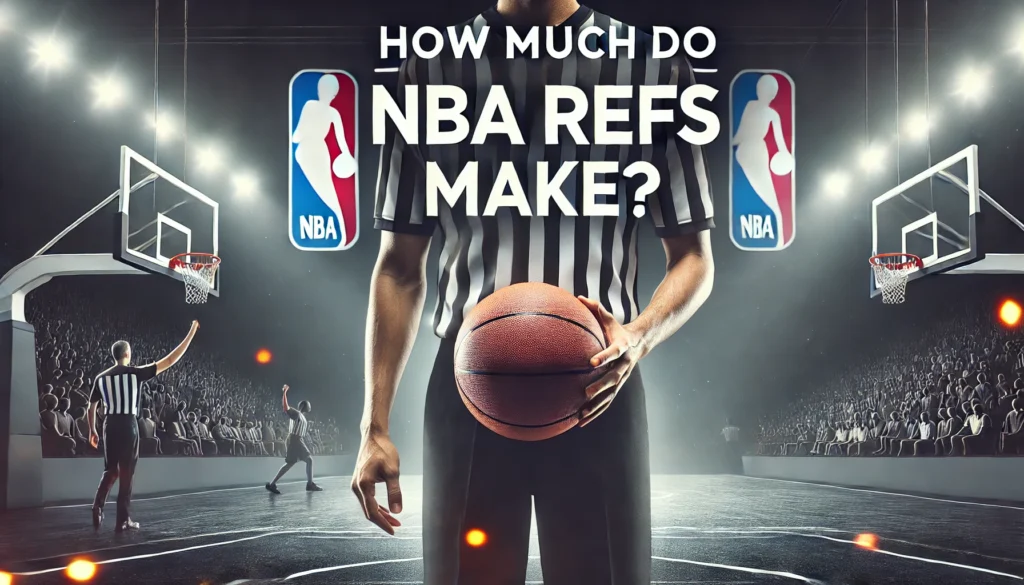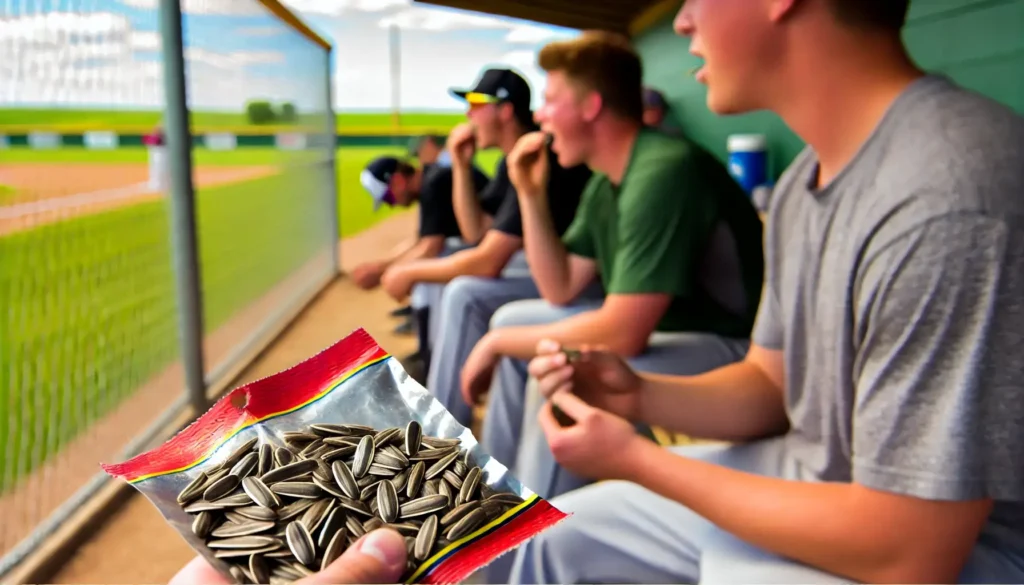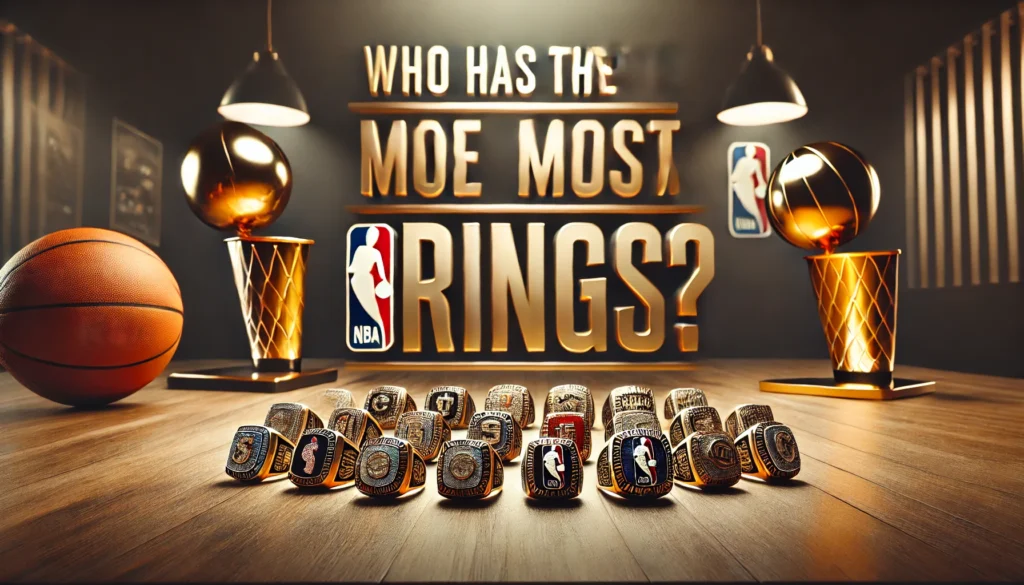Halftime serves as a crucial intermission in NBA games, allowing players to regroup and coaches to strategize. For basketball enthusiasts and casual viewers alike, understanding the duration of this break can enhance their viewing experience and appreciation of the game’s flow.
NBA halftime lasts exactly 15 minutes in all regular season, playoff, and Finals games. This standardized break provides teams with a consistent opportunity to rest and refocus midway through the intense competition. During this time, players catch their breath, receive medical attention if needed, and discuss tactics for the second half.
The 15-minute halftime also accommodates entertainment for fans in the arena and allows broadcasters to air commercials and analysis for viewers at home. This carefully balanced duration maintains the game’s momentum while offering just enough time for necessary adjustments and audience engagement.
Key Takeaways
- NBA halftime is consistently 15 minutes long for all games
- The break allows for player rest, strategic planning, and fan entertainment
- Halftime duration balances game flow with necessary team adjustments
Overview of NBA Game Structure
NBA games follow a structured format with specific time allocations for gameplay and breaks. The game is divided into distinct periods and has a set total duration.
Periods and Quarters
An NBA game consists of four 12-minute quarters. Each quarter represents a segment of intense gameplay where teams compete to score points.
Between the first and second quarters, as well as between the third and fourth quarters, there are short breaks lasting about 2-3 minutes. These brief pauses allow players to catch their breath and coaches to make quick adjustments.
The most significant break occurs at halftime, which separates the second and third quarters. NBA halftime lasts 15 minutes, providing teams with crucial time to rest, strategize, and regroup for the second half of the game.
Total Duration of a Game
While the actual playing time in an NBA game is 48 minutes, the total duration typically ranges from 2 to 2.5 hours. This extended timeframe accounts for various stoppages and breaks throughout the game.
Several factors contribute to the overall length:
- Timeouts: Each team is allotted a certain number of timeouts, which pause the game clock.
- Fouls and free throws: These events stop the game clock but extend the real-time duration.
- Replay reviews: Officials may review certain plays, adding to the game’s length.
- Clock stoppages: The game clock stops frequently in the last two minutes of each quarter.
These elements, combined with the structured quarters and halftime break, create the full NBA game experience.
NBA Halftime Duration
NBA halftime provides a crucial break for players and coaches. The length of this intermission is standardized across all games but can be influenced by certain factors.
Standard Halftime Length
The NBA halftime break lasts 15 minutes for all regular season, playoff, and Finals games. This duration is officially mandated in the NBA rule book under Section II, Part C.
Players use this time to rest, hydrate, and receive medical attention if needed. Coaches utilize the break to discuss strategy and make necessary adjustments for the second half.
For fans watching at home, the televised halftime may seem longer due to additional content and commercials.
Factors Affecting Halftime
While the official halftime duration remains 15 minutes, several factors can extend the actual break between game play.
Special halftime performances or shows, particularly during high-profile games or the postseason, may lengthen the intermission. These events can push the real halftime duration up to 20 or 30 minutes.
Television broadcasting requirements also play a role. Ad breaks and halftime analysis segments can extend the perceived halftime for viewers.
In rare cases, unforeseen circumstances like technical issues or arena problems might prolong the break.
Halftime Activities
NBA halftime breaks offer a diverse range of activities for players, coaches, and fans. These activities serve multiple purposes, from entertainment to strategic planning.
Entertainment Acts
Halftime shows in NBA games often feature exciting performances. Dance teams showcase their routines, dazzling audiences with choreographed moves. Music acts take center stage, with popular artists delivering short concerts.
Some arenas host special halftime performances that can extend the break up to 20 or 30 minutes during playoffs. These may include acrobatic displays, trick shot exhibitions, or mascot antics.
Fan participation games are common, allowing attendees to compete for prizes on the court. These activities keep the energy high and maintain crowd engagement during the break.
Analysis and Commentary
Television broadcasts use halftime for in-depth game analysis. Expert commentators break down key plays and strategies from the first half.
Studio panels discuss player performances and team dynamics. They often use video replays and statistical graphics to illustrate their points.
Interviews with coaches or players may be conducted, providing insights into the game’s flow and potential second-half adjustments. This analysis helps viewers gain a deeper understanding of the game’s nuances.
Player Rest and Strategy
Players use the 15-minute halftime to recuperate physically. They rehydrate, receive medical attention if needed, and mentally reset for the second half.
Coaches utilize this time for crucial team meetings. They review first-half performance, analyze opponent strategies, and devise tactical adjustments.
Teams may watch video clips of the game to identify strengths and weaknesses. Players discuss individual matchups and refine their approach for the remaining quarters.
This strategic planning is vital for teams to improve their performance and potentially change the game’s outcome in the second half.
Comparison With Other Leagues
NBA halftime differs from other basketball leagues in duration and structure. These differences impact game flow, player rest, and strategic planning.
NCAA Basketball
NCAA basketball halftime lasts 15 minutes, matching the NBA’s duration. This similarity ensures consistent rest periods for players transitioning between college and professional levels.
NCAA games feature two 20-minute halves instead of four 12-minute quarters. This structure affects halftime’s role in the overall game strategy.
Coaches in college basketball often use halftime for more extensive tactical adjustments due to the longer continuous play periods. Teams may also conduct more thorough warm-ups before the second half.
International Basketball
International basketball, governed by FIBA rules, has a 10-minute halftime. This shorter break creates a faster-paced game with less rest for players.
FIBA games consist of four 10-minute quarters, aligning more closely with NBA’s quarter system. However, the reduced halftime impacts recovery and tactical planning.
Coaches in international competitions must adapt to the shorter break, often prioritizing quick adjustments and brief rest periods. This format can lead to more intense second-half play as fatigue becomes a greater factor.
Historical Changes in Halftime
NBA halftime duration has evolved over the years, influenced by various factors including league policies and television broadcasting demands. These changes have shaped the current 15-minute standard break.
Evolution of Duration
In the early days of the NBA, halftime breaks were shorter, typically lasting around 10 minutes. This brevity allowed for quick team discussions and minimal rest. As the game grew in popularity and complexity, the league recognized the need for longer breaks.
The NBA gradually extended halftime to 15 minutes, which became the standard duration. This change provided teams with more time for strategic adjustments and player recovery. The 15-minute halftime has remained consistent for regular-season games, ensuring fairness across all matchups.
Influence of Broadcasting
Television broadcasts have played a significant role in shaping NBA halftime length. As the league’s popularity soared, TV networks sought longer breaks to accommodate commercials and halftime shows.
The NBA worked with broadcasters to find a balance between game flow and commercial interests. For nationally televised games, especially during playoffs, halftime may extend slightly beyond 15 minutes to accommodate additional programming. This flexibility allows networks to maximize advertising revenue while maintaining the integrity of the game.
However, the league strictly enforces time limits to prevent excessive delays. Teams are required to return promptly after the break, ensuring the game resumes on schedule.
Implications of Halftime Length
The duration of NBA halftimes significantly impacts both player performance and fan engagement. These breaks shape the rhythm of the game and influence how teams and spectators experience each matchup.
On Player Performance
NBA halftime’s 15-minute duration provides crucial recovery time for players. This break allows athletes to rest, hydrate, and receive medical attention if needed.
Coaches use this time to analyze first-half strategies and make tactical adjustments. Teams can regroup, address weaknesses, and plan for the second half.
For players dealing with minor injuries or fatigue, halftime offers a chance to receive treatment and potentially return to the game. This recovery period can be especially vital during intense playoff matchups.
The length of halftime also impacts player warm-up routines. Athletes must balance rest with maintaining their physical readiness to prevent a drop in performance when play resumes.
On Fan Experience
NBA halftimes significantly shape the in-arena atmosphere and TV viewing experience. The 15-minute break allows fans to grab refreshments, use facilities, or engage with halftime entertainment without missing game action.
For TV broadcasts, halftime presents opportunities for analysis, highlights, and advertisements. This content keeps viewers engaged and provides context for the game’s progression.
In-arena entertainment during halftime, such as special performances or shows, enhances the overall spectator experience. These acts can be particularly elaborate during high-profile games or the postseason.
The consistent halftime length across all NBA games creates a predictable rhythm for fans, whether attending in person or watching from home. This standardization helps maintain the sport’s accessibility and appeal to a wide audience.
Frequently Asked Questions
NBA halftime rules and game timings can be complex. These common questions address key aspects of game breaks, quarter lengths, and timeout durations in professional basketball.
What is the duration of halftime in NBA games?
The standard NBA halftime break lasts 15 minutes. This duration has remained consistent since the league’s formation in 1946.
The 15-minute break allows teams to rest, strategize, and make adjustments for the second half of play.
Are halftime lengths different during NBA playoff games?
NBA playoff games maintain the same 15-minute halftime duration as regular season games. The league keeps consistency in game structure throughout the season and postseason.
What is the length of quarter breaks during NBA matches?
Quarter breaks in NBA games are typically 2-3 minutes long. These short pauses allow players to catch their breath and coaches to provide quick instructions.
How many minutes does a standard NBA game last?
A regulation NBA game consists of four 12-minute quarters, totaling 48 minutes of playing time. However, the actual duration of an NBA game typically ranges from 2 to 2.5 hours due to stoppages, timeouts, and halftime.
What is the duration of timeouts in NBA basketball?
NBA teams are allowed various types of timeouts. Full timeouts last 1 minute and 15 seconds, while 20-second timeouts are also available.
Each team receives seven timeouts per game, with restrictions on usage in the fourth quarter.
How long are the halves in professional basketball leagues?
In the NBA, each half consists of two 12-minute quarters, making each half 24 minutes of playing time. The 15-minute halftime separates these two halves.
Other professional leagues may have different half lengths, but the NBA’s format is widely recognized.











